On the morning of Thursday 19th January 2023, the art world was hit by yet another act of vandalism.
The scene of the crime; The Art Gallery of Western Australia. The painting in question; Frederick McCubbin’s Down on his Luck. The mode of attack; spray paint.
The oil painting has been part of the gallery’s collection since 1896 and is valued at approximately $3 million. McCubbin’s masterpiece, which was painted in 1889, depicts a lone farmer sitting by a campfire in the Australian bush brooding over his misfortune.
Now, the painting has been spraypainted with the logo of the oil and gas giant, Woodside. The attack was made in protest against the destruction of rock art in the Burrup Peninsula caused by industry expansion. Luckily, the artwork was not seriously damaged due to it sitting behind a clear Perspex sheet covering. However, the attack is just one of many incidences of environmental-fuelled art vandalism to have occurred during this past year.
Frederick McCubbin (1855-1917), Down on his Luck; painted 1889
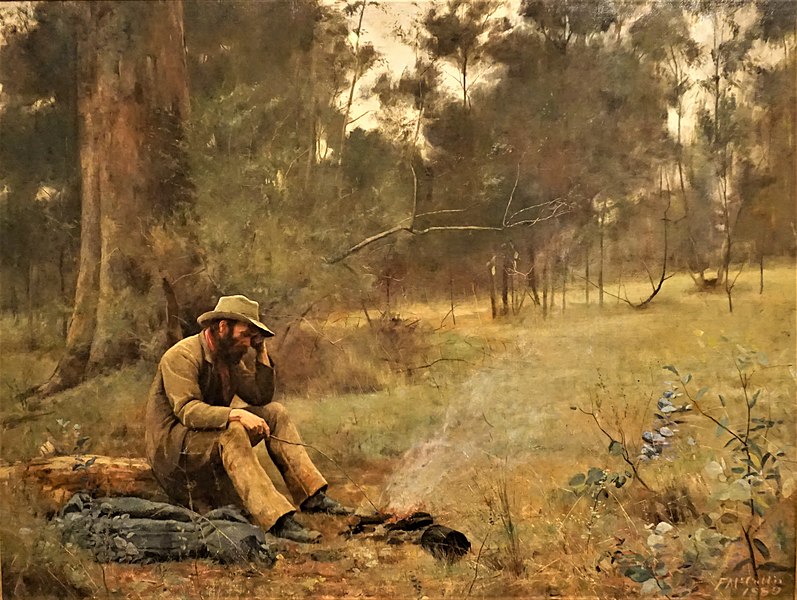
When did it become the ‘done thing’ to wreak politically motivated havoc on the art world?
Among them, the Just Stop Oil activists who threw soup at a Van Gogh painting in London’s National Gallery in October 2022. The same month also saw German climate change activists throwing mashed potatoes at a Claude Monet painting in Potsdam.
In Rome, pea soup was hurled at Van Gogh’s masterpiece by an environmentalist group. In Melbourne, Extinction Rebellion campaigners targeted a Picasso painting. Other old masters such as Botticelli and Boccioni have likewise fallen victim to equally disruptive art attacks in 2021.
But when did this all start? What is the history of art vandalism? And when did it become the ‘done thing’ to wreak politically motivated havoc on the art world?
Whilst most of the art vandalism in the 21st century seems to be closely tied up with a generation of overzealous eco-warriors suffering from a simultaneous case of extreme ‘wokeness’ and snowflake narcissism, history tells a different tale.
In fact, acts of art vandalism prompted by political and social strife have a long legacy. Let’s take a look at some of the most wilful defacements from history:
The Defilement of Rome
One of the first recorded acts of act vandalism took place in 270 CE, when the Vandals, a Germanic tribe, breached the Roman frontier and destroyed numerous pieces of artwork. Unsurprisingly, the tribe’s name soon became synonymous with intentional artwork damage.
Acid Thrown on Vasily Vereshchagin’s The Holy Family
In 1855, acid was thrown on Vasily Vereshchagin’s evangelical painting, The Resurrection of Christ and The Holy Family. The attack took place in Vienna, where Vereshchagin was able to finally exhibit his work following censorship experienced in his native Russia.
Another of Vasily Vereshchagin’s (1842-1904) artwork, Crucifixion by the Romans; painted 1887.
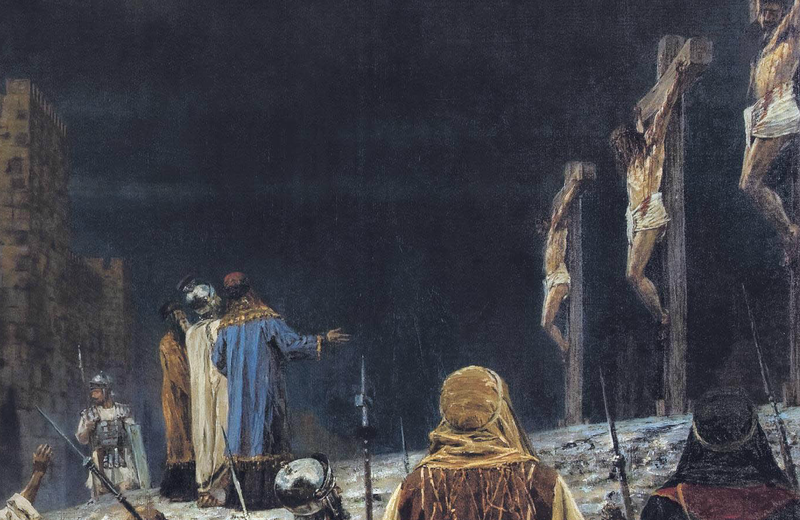
However, the reveal soon caused a stir with the Catholic Church issuing an official condemnation of the painting. When Vereshchagin refused to take down his artwork, the Church held a three-day procession and mass of repentance for the ‘sinful’ art. The protests culminated in a monk throwing acid on six of Vereshchagin’s paintings, with The Resurrection of Christ needing significant reconstruction.
Triple Threat: Rembrandt’s Night Watch
The Dutch master’s painting, Night Watch has been targeted three times in the past century. As one of the most famous Dutch Golden Age paintings, Rembrandt’s depiction of captain Frans Banning Cocq and his lieutenant Willem van Ruytenburch, has survived more than its fair share of onslaughts.
Rembrandt van Rijn (1606–1669), Night Watch; painted 1642
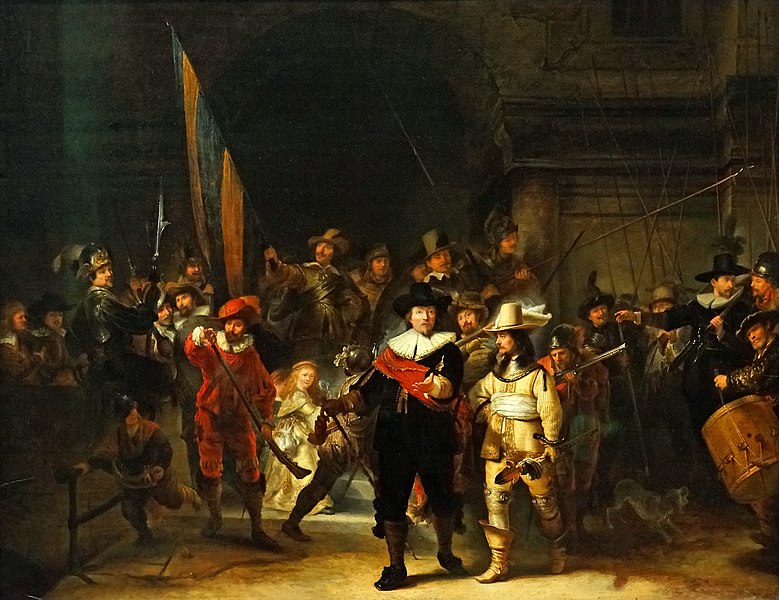
Housed at Amsterdam’s Rijksmuseum, the Night Watch has survived knife attacks in 1911 and 1975 and an acid attack in 1990. However, the painting’s thick layer of varnish prevented full penetration by each blade, and guards were able to immediately dilute the acid with water.
Women’s Suffrage VS. Diego Velázquez’s Rokeby Venus
In 1914, Diego Velázquez’s Rokeby Venus was vandalised in the name of the suffragette movement. The incident took place in London’s National Portrait Gallery and saw suffragette Mary Richardson slash at the painting with a meat clever.
Diego Velázquez (1599–1660) Rokeby Venus; painted 1647-1651
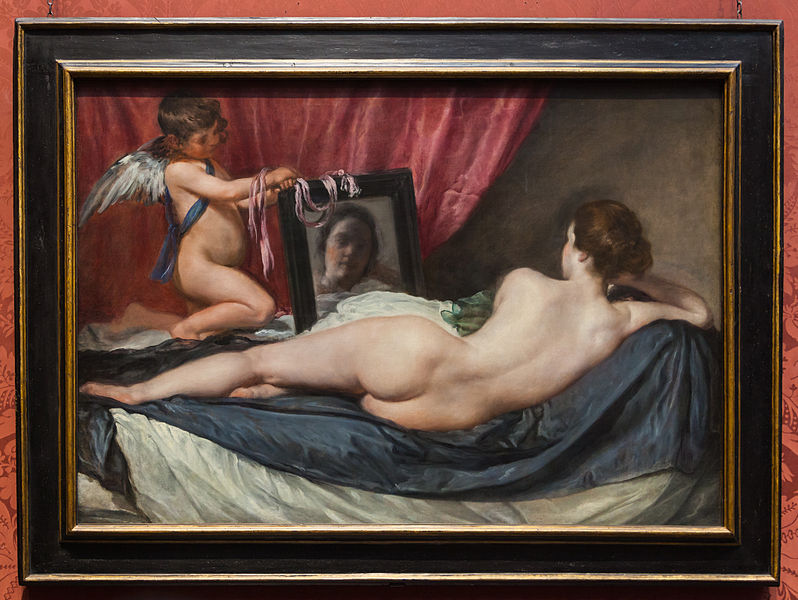
The attack was in protest to the arrest of suffragette matriarch Emmeline Pankhurst the previous day. “I have tried to destroy the picture of the most beautiful woman in mythological history as a protest against the government for destroying Mrs Pankhurst, who is the most beautiful character in modern history,” Richardson proclaimed.
Velázquez’s Rokeby Venus is an early example of the male gaze, a term that would only fully enter mainstream consciousness in the late 20th century.
A Bulletproof Smile: Da Vinci’s Mona Lisa
The most famous painting in the whole world — Da Vinci’s Mona Lisa, is also the best-protected painting in the world.
Encased in bulletproof glass, the artwork had previously been severely damaged in numerous art attacks. In 1956, the painting was doused in acid and a few months later it was hit again, but this time by a rock. The force of impact removed some of the pigment of the left elbow.
Leonardo Da Vinci (1452-1519), Mona Lisa; painted 1503-1506
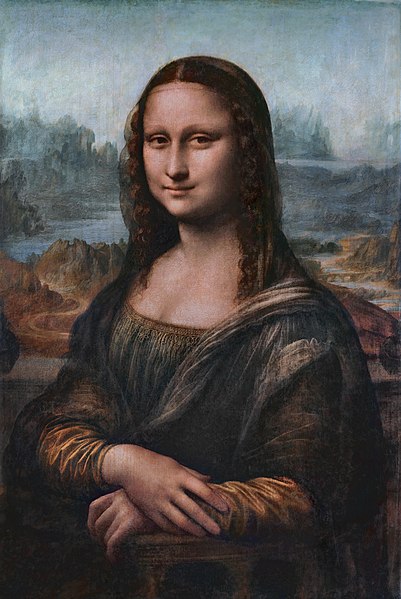
Following the bulletproof installation, the vandalism continued, however. Whilst on tour in Japan in 1974, a woman using a wheelchair tried to spray the artwork with red paint. The attempt was made in protest against the Tokyo National Museum’s (in which the Mona Lisa was being displayed) lack of accessibility for disabled patrons.
Defilements continued well into the 21st century, with a souvenir mug from the louvre gift shop being propelled to the recent cake smear in 2021.
Check out more Entertainment Now lifestyle news, reviews and interviews here.





